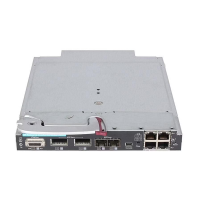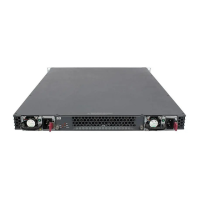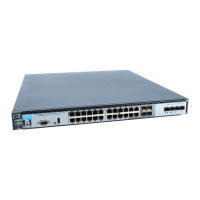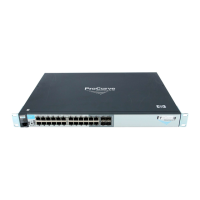11-2
Configuring Advanced Threat Protection
Introduction
• Attempts to fill all IP address entries in the switch’s forwarding table
and cause legitimate traffic to be dropped, indicated by an increased
number of learned IP destination addresses
• Attempts to spread viruses, indicated by an increased number of ARP
request packets
• Attempts to exhaust system resources so that sufficient resources are
not available to transmit legitimate traffic, indicated by an unusually
high use of specific system resources
• Attempts to attack the switch’s CPU and introduce delay in system
response time to new network events
• Attempts by hackers to access the switch, indicated by an excessive
number of failed logins or port authentication failures
• Attempts to deny switch service by filling the forwarding table, indi-
cated by an increased number of learned MAC addresses or a high
number of MAC address moves from one port to another
• Attempts to exhaust available CPU resources, indicated by an
increased number of learned MAC address events being discarded
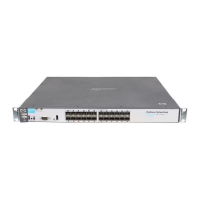
